Hip pain can be caused by many different things - tight and weak muscles, injuries, long periods of sitting, and poor mechanics, all of which can be made worse by sports such as running and cycling.
Pain can be felt throughout the hip flexors, low back and pelvis. Other symptoms may include weakness in the hips and glutes, difficulty walking or running and loss of range of motion.
Although hip pain can be treated through active rehabilitation by a rehab specialist such as a Physiotherapist, Chiropractor, Athletic Therapist and Registered Massage Therapist, it is best to keep your hips healthy by incorporating exercise that builds strength and mobility.
Luckily, doing a little bit of hip mobility and strength training can help reduce pain and improve hip function.
Here are three exercises to keep your hips healthy and pain-free:
STEP DOWNS
Step Downs, demonstrated by COAST Physiotherapist Matthew Nicol, will help to build strength through your hips while also challenging your stability!
To do this exercise correctly, you need to focus on your stability as you hinge forward from your hips to touch the ground.
Stand on low stool with one leg
Slowly hinge from the hips as you tap your heel on the floor
Complete 15-20 reps on each side for 1-3 sets
LATERAL LEG RAISES
These standing Lateral Leg Raises, demonstrated by COAST Physiotherapist Laura McNeill, focuses on hip stability and range of motion. Even though one leg is moving, both of the sides of the hips are working - one side is stabilizing as the opposite leg is lifting.
Start with your legs shoulder width apart.
Lift your right leg to the side and back again as you stabilize through your left leg.
After 30 seconds, switch legs.
Level up by adding a light resistance band around your ankles.
Work within your range of motion. You may not be able to lift your leg very high at first. Good form is more important than how high you lift your leg.
HIP AIRPLANE
The Hip Airplane, demonstrated by COAST Kinesiologist Kelsi Parker, challenges balance and ankle stability as well as glute engagement and control through a full range of motion.
To assist with your balance you can hold on to a wall or chair for support.
Start in a single leg stance and tilt your torso forward and extend your other leg backwards.
Focus on really grounding down through your standing foot.
With control, slowly open your hips to the side. The movement is an external rotation of the standing leg.
Return to the starting position.
Complete a total of 6-8 reps that are slow and controlled.








